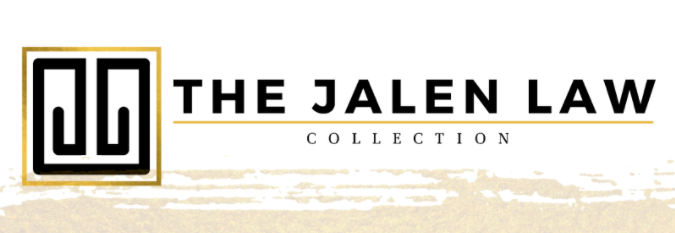Innovative ‘Unveiled Echoes’ at CFAC explores narratives about mid-1800s Buffalo and the Erie Canal
By Carl Mellor
“Unveiled Echoes,” Jalen Law’s solo exhibition at the Community Folk Art Center, is historical in its subject matter and contemporary in its media, a mix of painting, digital work and augmented reality.
Its 22 mixed-media artworks look at the waterfront of Buffalo, New York during the 1840s, 1850s and 1860s, a time of substantial growth for the city. Buffalo’s position, at the westward extension of the Erie Canal, and its proximity to the Great Lakes, promoted import-export trade and extensive commerce along the waterfront. By 1861, Buffalo was the tenth largest city in the United States.
That growth, Law points out, was accompanied by strife and racial tensions. Laborers staged a series of strikes calling for better wages and working conditions. An influx of Germans, Poles and Irish made immigrants one half of Buffalo’s population. African Americans faced various threats, including passage of the Fugitive Slave Act which endangered not only those who had escaped from slavery but also African Americans in general.
The exhibit focuses on Dug’s Dive, a rough-and-tumble tavern located in the basement of a building right on the waterfront. Its patrons, mostly African American boatmen, dock workers and sailors, regarded Dug’s as a sanctuary, a place where they were accepted instead of being rejected out of hand. Its owner, William Douglas, had moved north from Tennessee and is believed to have escaped from slavery.
That’s a basic narrative for “Unveiled Echoes,” a show with several layers. Law, an interdisciplinary artist and storyteller, is interested in presenting that narrative in a different way.
Thus, viewers will encounter artworks which offer striking images of figures from the time: Douglas, seen in a portrait format; patrons of Dug’s Dive; workers in a dinghy and on a dock; a recruiter coming to a household to encourage or compel a young man to join the Union Army and fight in the Civil War.
When he was creating those images, Law couldn’t turn to photos for inspiration. Instead, he relied on extensive research and his own imagination. The images place the various figures into a historical context.
And he didn’t compile lengthy captions to accompany each work. Instead, viewers can use a smart phone to access an application and take part in an interactive experience. It’s possible to stand by an artwork and view a different reality, a scene in which figures move about, the noise of a tavern is heard, and a narrator’s voice-over discusses what’s going on.
That’s one aspect of the exhibition. Law also created reproductions of archival newspaper articles which first appeared during the 19th century. One article discusses how arrests were made after a brawl at Dug’s Dive. Brawling was fairly common at the tavern.
In addition, Law deals with historical events such as the 1863 Buffalo draft riot. Federal laws provided for limited exemptions from the draft. One of them allowed a wealthy individual to pay $300.00 and totally escape military service.
That particular exemption angered immigrants, particularly Irish citizens, who had no hope of raising $300.00. In some instances, they took out their resentment not on the Lincoln administration but on African Americans. During June, 1863, a fight between two men led to two days of disorder and violence in Buffalo. Two African American men were killed.
That riot was in no way an isolated event. Draft riots also took place in West Rutland, Vermont; Troy, New York; and New York City where federal troops were ultimately summoned to restore order. During the riots in Manhattan, buildings, including the Colored Orphan Asylum, were burned down, and mobs committed numerous murders. Eleven African Americans were lynched.
And the exhibit notes that Douglas had several run-ins with the authorities. He was arrested for fraud, convicted and sentenced to jail. “Unveiled Echoes” doesn’t speculate about his innocence or guilt. It does indicate that he both ran Dug’s Dive and advocated for African American workers trying to receive proper wages. That made him a controversial figure.
The overall exhibit is innovative, visually interesting, well executed. It tells a tale not often told and does so with a format that encourages viewers to enjoy an enhanced exhibition.
That Law employed a non-traditional format is hardly surprising. An artist based in Buffalo, he’s been involved with varied projects. In the midst of the COVID pandemic, he created a mural honoring doctors and nurses. He also worked with a community group on a virtual exhibition, “On the Front Lines,” which featured 15 essential workers.
He’s currently implementing the Emotional Intelligence Program, a research-based art project designed to help students inside and outside the classroom.
“Unveiled Echoes” is on display through March 16 at the Community Folk Art Center, 805 E. Genesee St. The gallery is open from 10 a.m. to 6 p.m. Wednesday, Thursday and Friday and on Saturdays from 11:30 a.m. to 3:30 p.m. Admission is free, and the public is welcome.
CFAC has scheduled an artist’s talk by Law for March 16 at 3 p.m. For more information, call 315-442-2230 or access CFAC@syr.edu.

